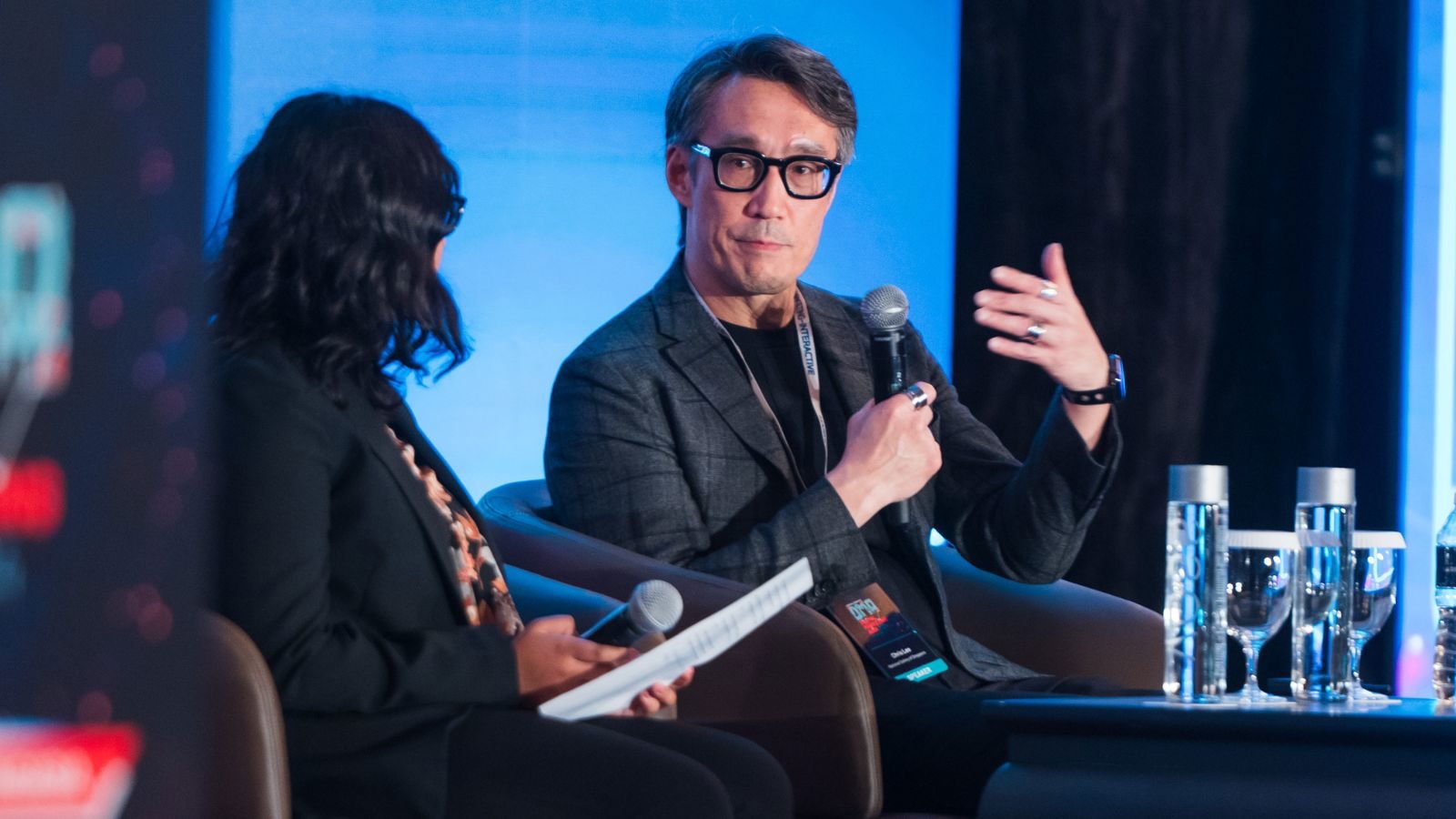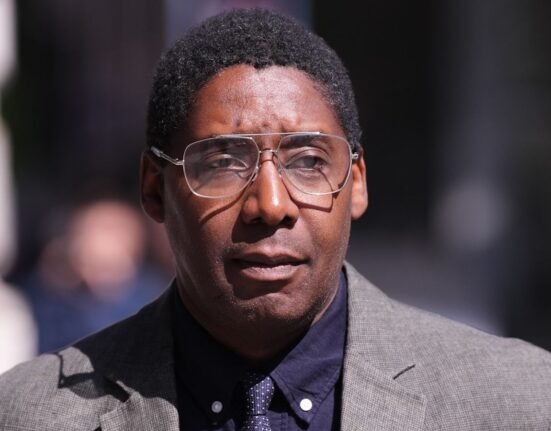Visitors to the National Gallery of Singapore (NGS) can soon look forward to a guide to take them through the art pieces in the museums – but not just any guide, a generative artificial guide (AI) by the name of Gaile (final product name to be confirmed). NGS joins a flurry of businesses in adopting AI, only instead of approaching it from a technological standpoint, the gallery is focusing its efforts on enhancing visitor engagement.
During a fireside chat at MARKETING-INTERACTIVE’s Digital Marketing Asia conference, Chris Lee, assistant CEO, museum experience and services said that integrating AI into the museum is not about advertising or selling, but rather to add and exchange value with its visitors, the artists it works with and its staff.
As such, the museum is partnering with policy makers as well as artists and designers, including the ASEAN foundation, to contemplate how AI can be applied ethically and with due respect to artists not just to NGS, but to the wider arts and cultural sector.
“One of the primary guiding principles we apply is not adopting technology for the sake of it, but for how it really stays true to what we do, how we enhance the customer experience and, importantly, the artists,” said Lee.
Don’t miss: Interview: Neil Patel on the role of AI in Asia’s marketing future
Enhancing art, preserving artists
Apart from Gaile, the museum is also adopting AI to value add and exchange with its artists, in one of its long-term exhibition galleries where it works with an established 70-year-old Singaporean woman artist. ‘We’re working with her as a living artist to create an experience for the visitors using herself, training the Gen AI, using holographic technology to actually present her and her artwork as part of our Singapore gallery revamp project that we’re doing right now,” said Lee.
“This project is important not just to be relevant, but also to in some ways, preserve the artist, so that when she retires, there’s a way that our visitors can continue to engage with the artist with her license and permission,” added Lee.
The new project, created in partnership with its innovation partner NCS, will only be unveiled in July next year. That said, over the next couple of years, NGS will be making sure it trains, prompts and loads the right data about the artist, working alongside her to ensure a genuine, authentic experience for its visitors.
When it comes to AI-generated art, Lee states that the gallery’s key strategy and principle is to keep the artists, and the creative developer involved in the process. “Don’t take their content and just apply AI against it. I think we continue to partner either with living artists or with the artists estates. If the artists have passed on, and with new, up and coming, emerging artists, I think, we’re deliberately making sure we continue to work alongside them and not without them,” said Lee.
In fact, in the earlier parts of AI proliferation, museums and art institutions even staged exhibitions to contemplate what is human and what is AI.
“We’re really kind of making sure that we play our role as art museums to provoke thinking that is not in the mainstream. Everyone’s rushing headlong, but we dare to ask the question of, ‘Hey, are we going a bit too fast? Have we considered everything that’s possible?’,” said Lee.
“The artists, our partners in the exercise, they do tend to look left field, and they do tend to provoke us to think about things we don’t normally think about,” he added.
Enhancing visitor engagement
Through Gaile, visitors will be able to ask the AI platform any questions about art, the museum and the world in general. “One of the interesting things about this project was not so much about the technology, actually, it was about pushing us, as an art institution and as a brand,” said Lee.
“How far we are willing to go in terms of what questions we’re willing to take on through Gaile? In the art world, many questions may be questions that we deliberately try to avoid answering such as ‘Why does art matter?’,” he added, emphasising that the effort is not about just attracting and targeting, but delighting its visitors.
To evaluate the success of its initiative, Lee said that it all boils down to visitor satisfaction and engagement. “It’s going deeper into the engagement to look at whether they’re connecting with the art, whether they’re really enjoying their experience, and we’re going to link this to ‘Hey, does that trigger a higher level of repeat?’ because one of the important things for us is not just how many people we reach to come in for the first time, but do they come back and visit the museum over and over again? We’re looking for a cultural habit change,” explained Lee.
That said, the decision to integrate AI did not come easy. The museum had a lot of debate internally when the proof of concept for Gaile was first revealed. This is especially when it comes to integrating AI technologies with traditional museum practices without alienating its long-time visitors.
“I think one of the things that we built into the prompting is visitor personas. We do still have to cater to a wide range of audiences, both your first time visitors, as well as those who are very familiar. That’s why we ended up with a hybrid large language model (LLM),” said Lee.
“We couldn’t just open it up to art knowledge or art content that’s out in the open web that will contribute to possible hallucinations, and factual inaccuracies. We had to stitch together the closed LLM using our historical data, so we can put National Gallery behind that data, but still keep a part of it open,” he explained.
Hence, if a long-time visitor who is very familiar with art wants to go deep into Southeast Asian art history, they can do that with its art historical content, not with the open web content. However, for the more open everyday visitors, the AI will dig into the open web.
In addition, Lee believes that AI will have benefits in helping persons with disabilities understand art and history. “I think there’s going to be huge potential here in terms of really tailoring and personalising the type of content, translating text to visuals and audio, and the other way around. Just in terms of being able to scale that, it’s huge,” said Lee.
“We’re honestly still just figuring out exactly how to do this, but I think we can see the potential of what we can do with AI that we would take forever to do ourselves and to really open things up,” he added. So far, the NGS has dabbled with efforts such as opening online courses to help folks understand art history. However, it is still text based.
“How do you make that more video and audio – and how can we use AI to scale the development of that content? That will be something to watch for,” said Lee.
Related articles:
Survey: 76% of SG firms lack enough or right data to make AI use effective
Why creatives are rooting for this adidas ‘Floral’ spec ad crafted entirely by AI
‘Companies need to ensure sustainable AI is more than just a bullet point’. What steps are needed?







